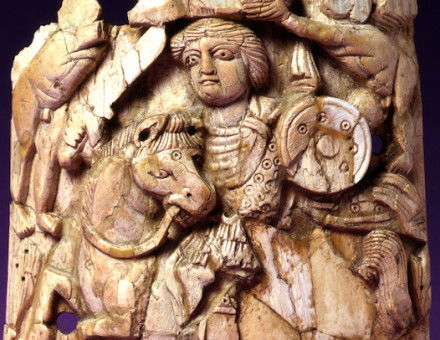Rock Art in Egypt
Penny Young uncovers prehistoric rock art in Luxor.
The cores of pictures carved on rock faces in the eastern Egyptian desert 6,000 years ago are throwing new light on the prehistoric origins of the civilisation of the Pharaohs. The images of people, animals, hunting scenes and flotillas of boats are pecked out on individual boulders and, in some cases, over entire cliff faces in a wide area east of Luxor. They have been discovered and documented in ground-breaking work by a team of experts led by Toby Wilkinson, an Egyptologist and fellow of Christ’s College, Cambridge. He believes the rock art is ‘the missing link’ in determining the roots of the Pharaohs.
‘It’s opened up an entirely new world for Egyptologists,’ he says. ‘It has pushed back by a thousand years or more some of the key elements that we recognise as being ancient Egyptian.’
Archaeology as a modern science only began in Egypt in the middle of the nineteenth century and was concentrated on the Nile Valley with its marvellous pyramids – the first built at Saqqara for King Zoser in 2700 bc – and ancient tombs stuffed with gold and treasures, on either side of the river.





